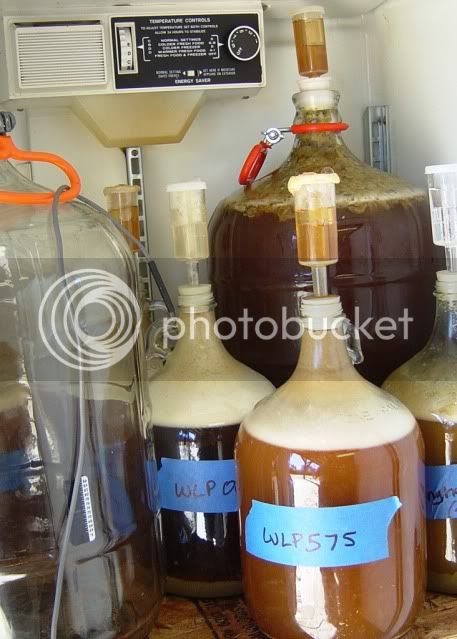I'm still new to home brew but for my next batch I'm going to make an oatmeal stout mini mash. I'm going to try roasting the oats and some of the malts as well. I've used the s-o4 and really liked the results. But I'm thinking of upgrading to WLP004 Irish Ale yeast, since I'm really putting some extra effort into this batch? Now I've searched a bit on the forums and found alot of talk on the dry verses liquid, but....
1. Is dealing with the starter (which seems to be necessary for liquid yeast) and added cost of both yeast and a starter kit really worth the benefits?
2. Is there any difference besides the taste and would it be more than a subtle difference?
1. Is dealing with the starter (which seems to be necessary for liquid yeast) and added cost of both yeast and a starter kit really worth the benefits?
2. Is there any difference besides the taste and would it be more than a subtle difference?



